London remembers the hazy days of 1960s alcohol advertising with Campari
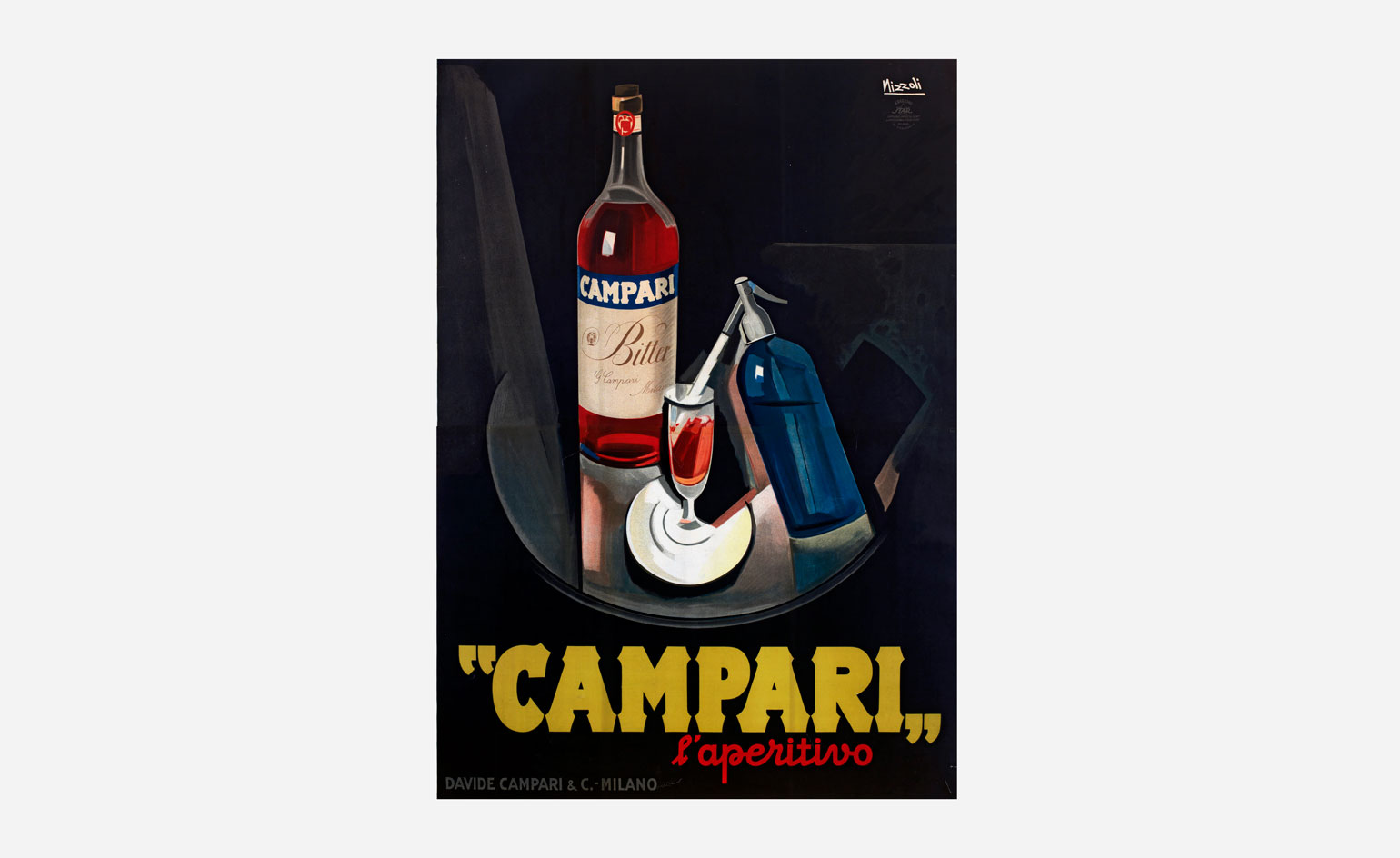
This summer, London’s Estorick Collection is serving a tall glass of visual history. In ‘The Art of Campari’, the Canonbury Square gallery traces the bitter elixir’s pioneering approach to advertising. Drawn from Campari’s extensive archives in Milan, the show spans the original Belle Époque posters, through its revolutionary campaigns of the 1920s, culminating in the elegant designs of the 1960s.
The storied ruby-red aperitivo has a rich heritage in creativity and design. Founded in Milan in 1860 by Gaspare Campari (1828-1882), it was under his son Davide Campari (1867-1936) that the company pursued a more dynamic approach to marketing, harnessing the emerging power of the poster. Aiming to create a sophisticated brand profile, by the early 1900s Campari was working with some of the most celebrated poster designers of the day: Leonetto Cappiello, Marcello Dudovich, Adolf Hohenstein, and Marcello Nizzoli.
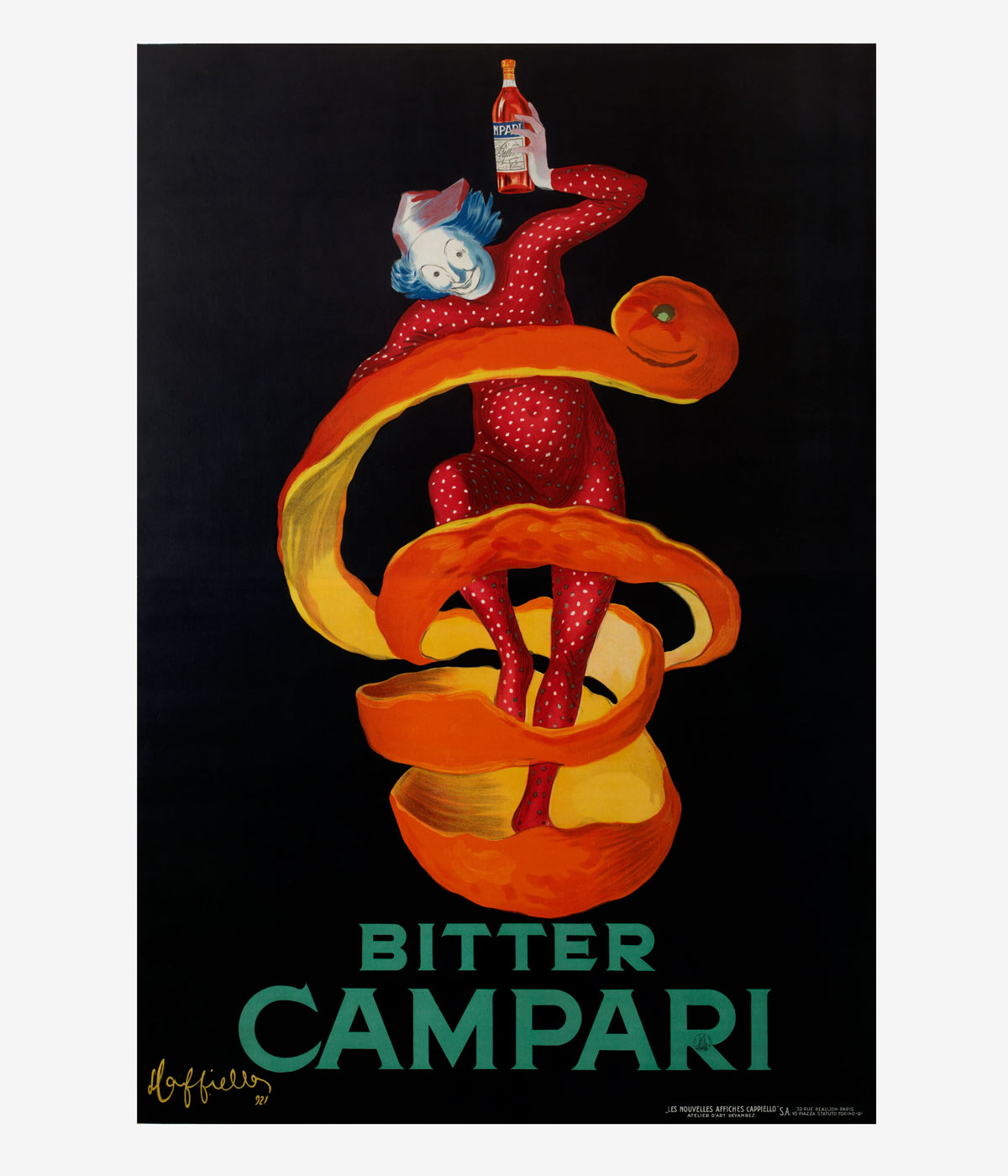
Bitter Campari (Lo Spiritello), by Leonetto Cappiello, 1921
Initially attuned to an art nouveau sensibility, it was the visual punch of campaigns created by futurist artist Fortunato Depero that became Campari’s most celebrated commissions, from the mid-1920s onwards. Populated by his trademark puppet-like characters, Depero’s bold, witty and geometric designs modernised Campari’s look, creating an unmistakable identity that remains with it to this day. Depero’s perceptive belief that the publicity poster would be ‘the painting of the future’ continued to be reflected in Campari’s post-war commissions, and many of his original designs have been repurposed on contemporary labels, helping Campari achieve its nostalgic, tipple-of-yesterday aesthetic.
Like the Campari recipe of bitter herbs and aromatic plants (which remains unchanged since its 1860s inception) the brand’s graphic identity has been consistent in its commitment to glamour and artfulness. Each poster in the collection emits a timelessness, matched by the Milanese malt.
Chase-up your trip to ‘The Art of Campari’ with a Negroni at one of our handpicked London cocktail bars...
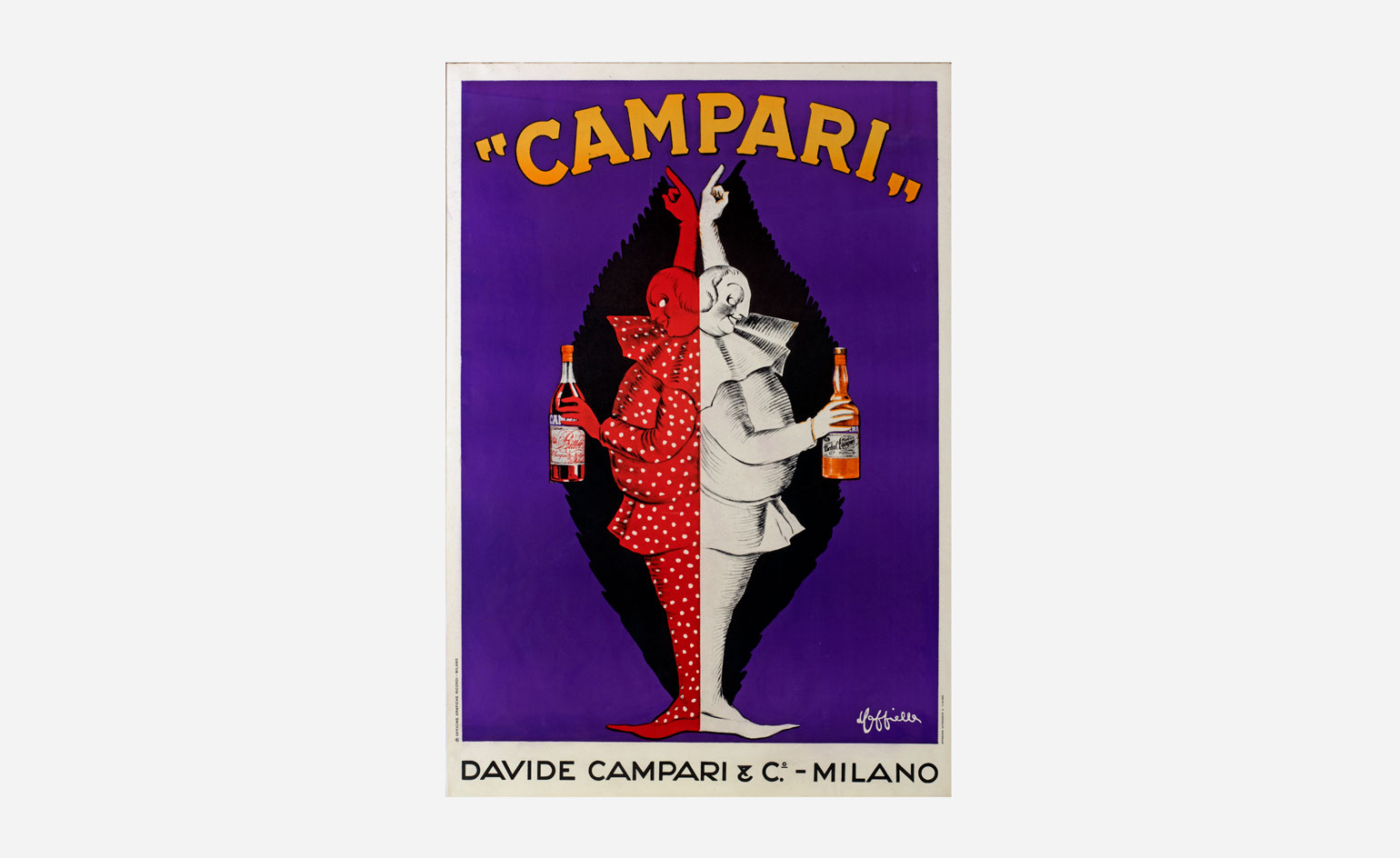
Campari, by Leonetto Cappiello, 1921
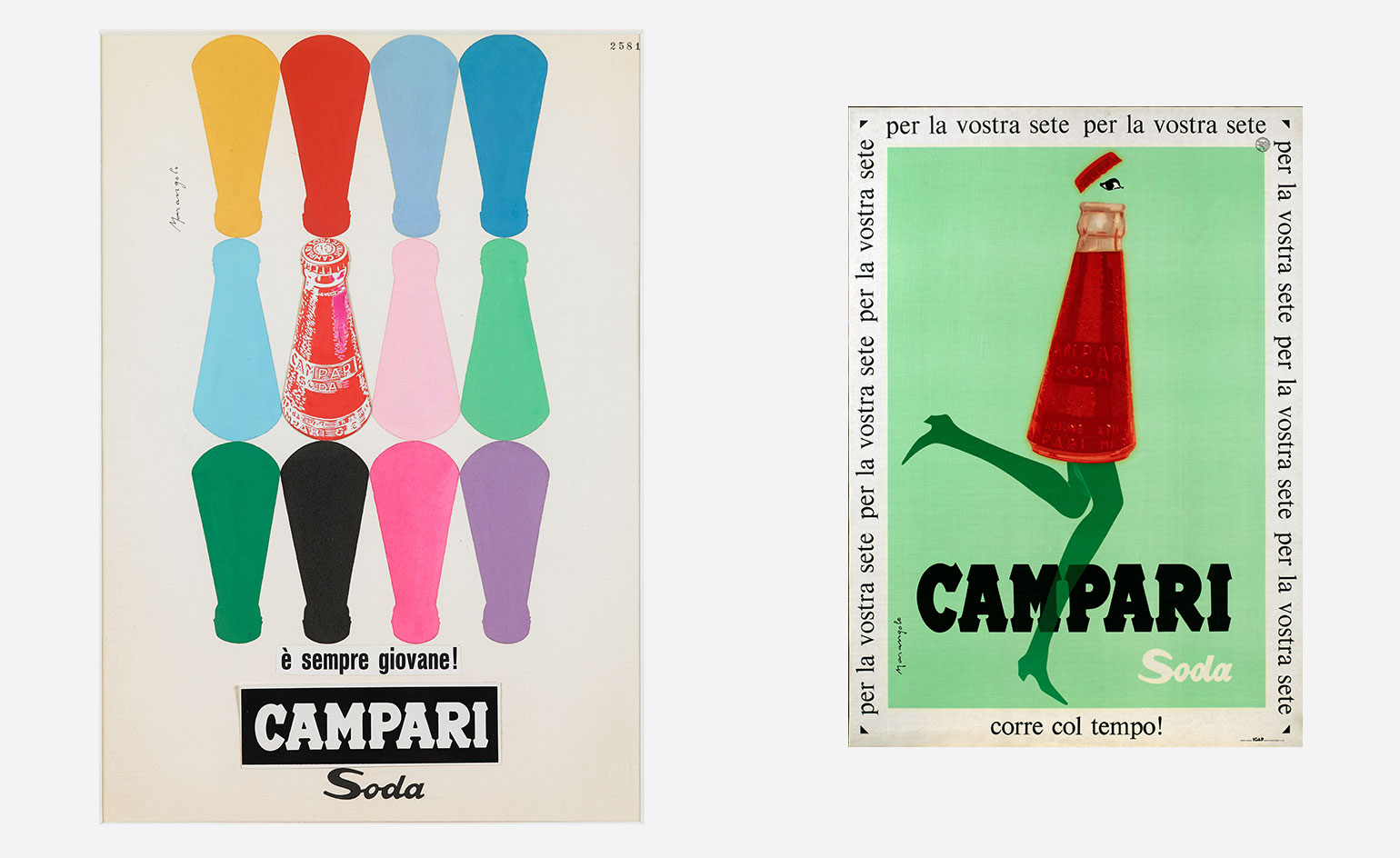
Left, Campari Soda è sempre giovane!, 1960s, by Franz Marangolo. Right, Campari Soda corre col tempo!, by Franz Marangolo, 1960s
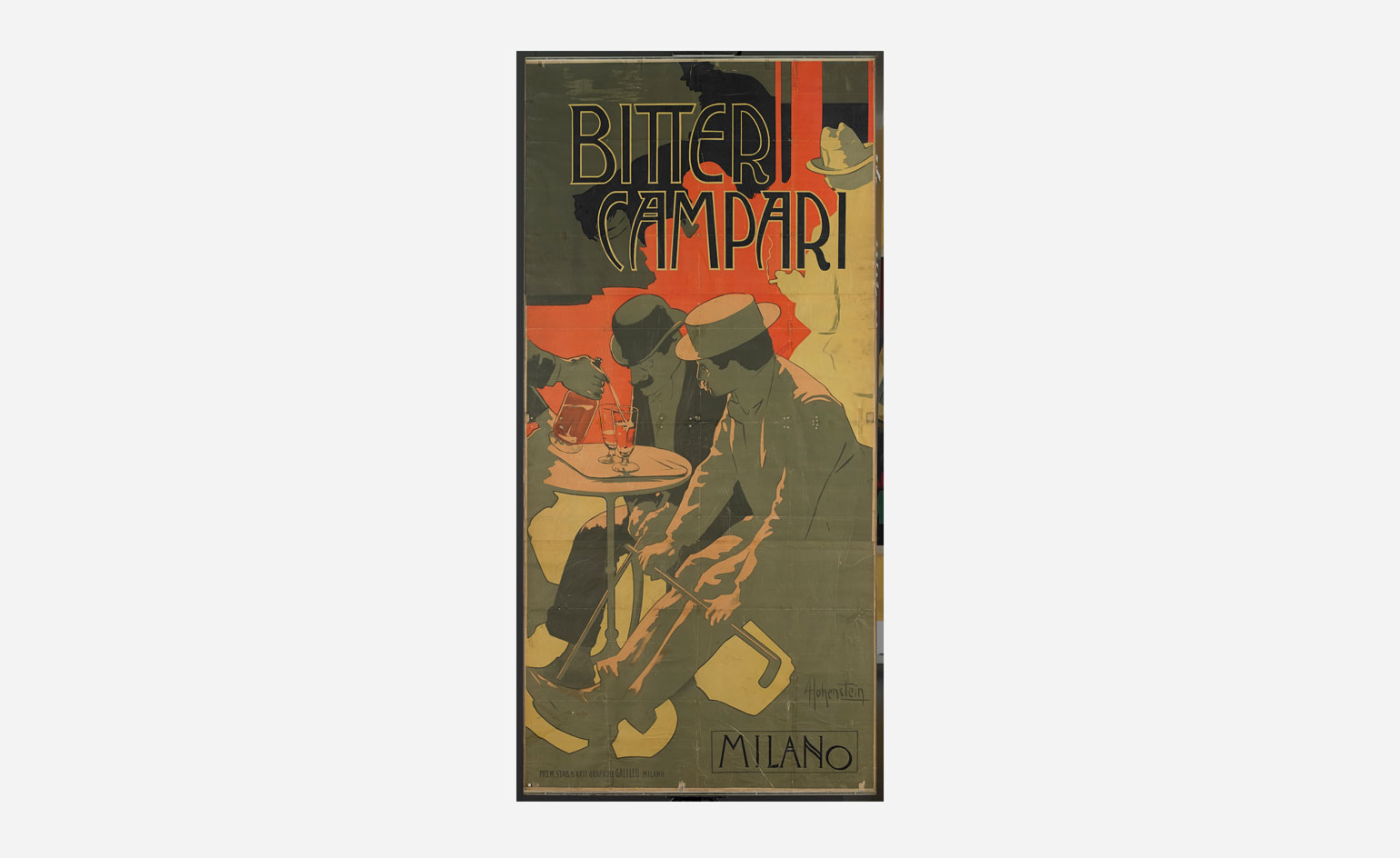
Bitter Campari, by Adolf Hohenstein, 1901
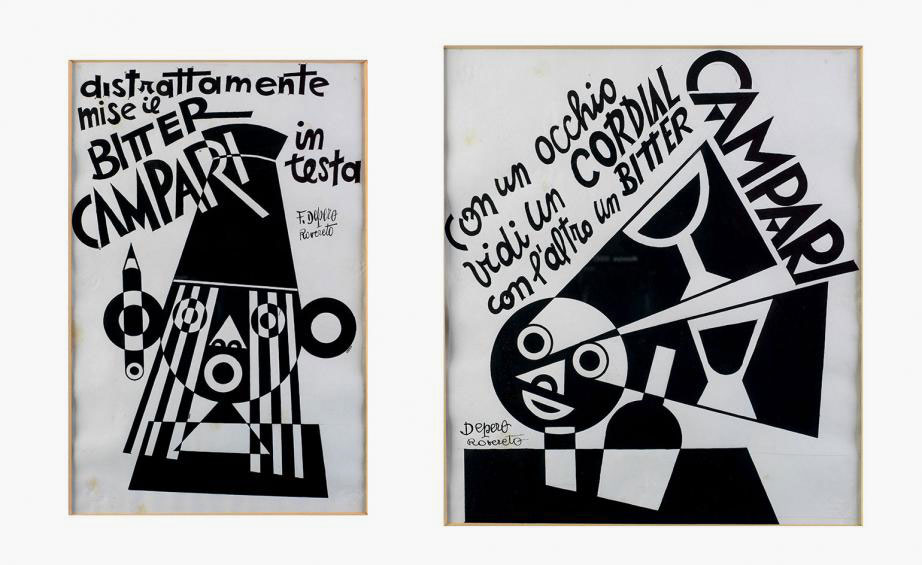
Left, Distrattamente mise il Bitter Campari in testa, He Distractedly put the Bitter Campari on His Head Ink on Paper, by Fortunato Depero, 1928. Right, Con un occhio vidi un Cordial con un altro un Bitter Campari, With one Eye I saw a Cordial with Another a Bitter Campari, by Fortunato Depero, 1928

Cordial Campari liquor, by Marcello Nizzoli, 1926
INFORMATION
Until 16 September. For more information, visit the Esoterik Collection website
ADDRESS
39A Canonbury Square
London, N1 2AN
Wallpaper* Newsletter
Receive our daily digest of inspiration, escapism and design stories from around the world direct to your inbox.
Elly Parsons is the Digital Editor of Wallpaper*, where she oversees Wallpaper.com and its social platforms. She has been with the brand since 2015 in various roles, spending time as digital writer – specialising in art, technology and contemporary culture – and as deputy digital editor. She was shortlisted for a PPA Award in 2017, has written extensively for many publications, and has contributed to three books. She is a guest lecturer in digital journalism at Goldsmiths University, London, where she also holds a masters degree in creative writing. Now, her main areas of expertise include content strategy, audience engagement, and social media.
-
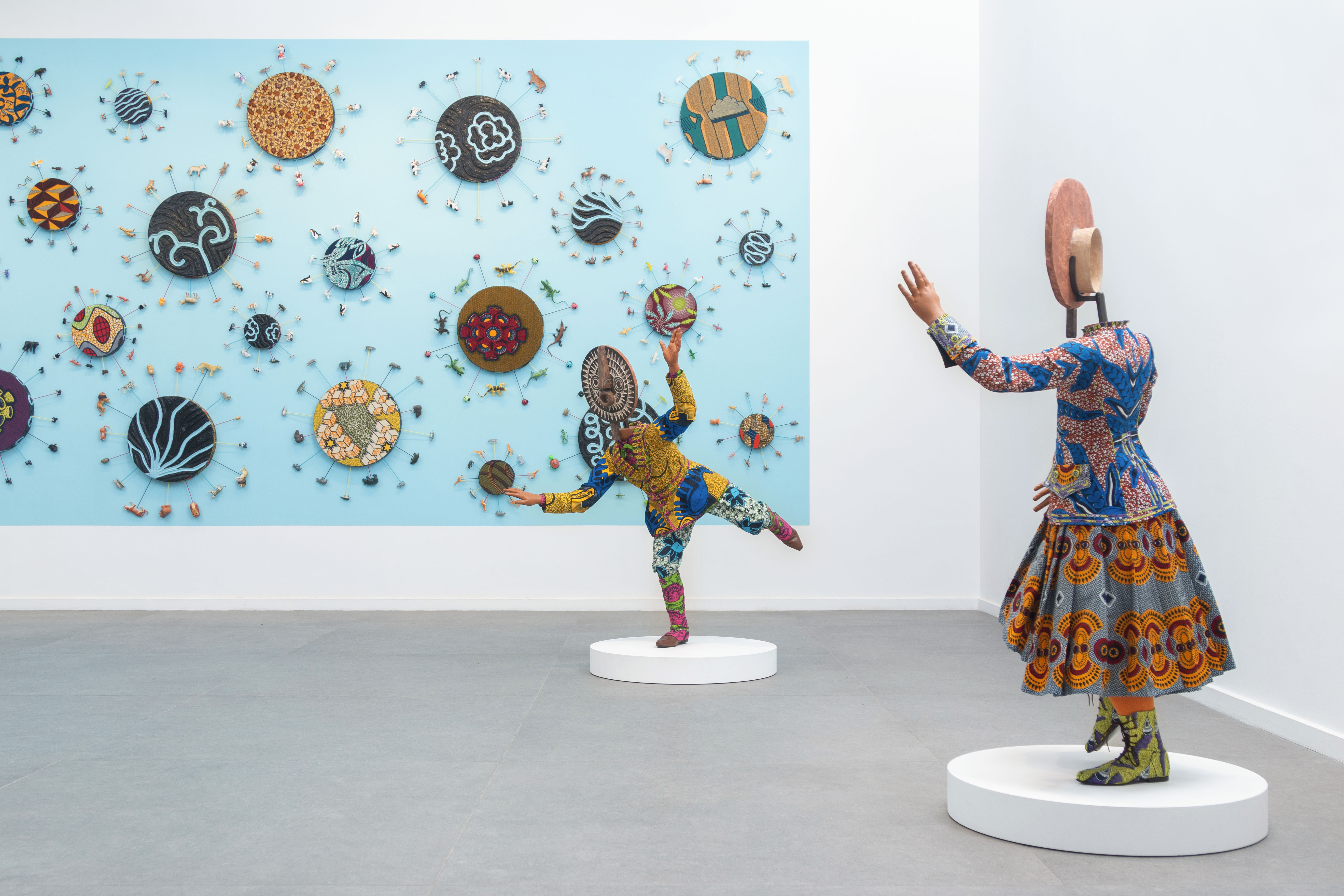 Inside Yinka Shonibare's first major show in Africa
Inside Yinka Shonibare's first major show in AfricaBritish-Nigerian artist Yinka Shonibare is showing 15 years of work, from quilts to sculptures, at Fondation H in Madagascar
-
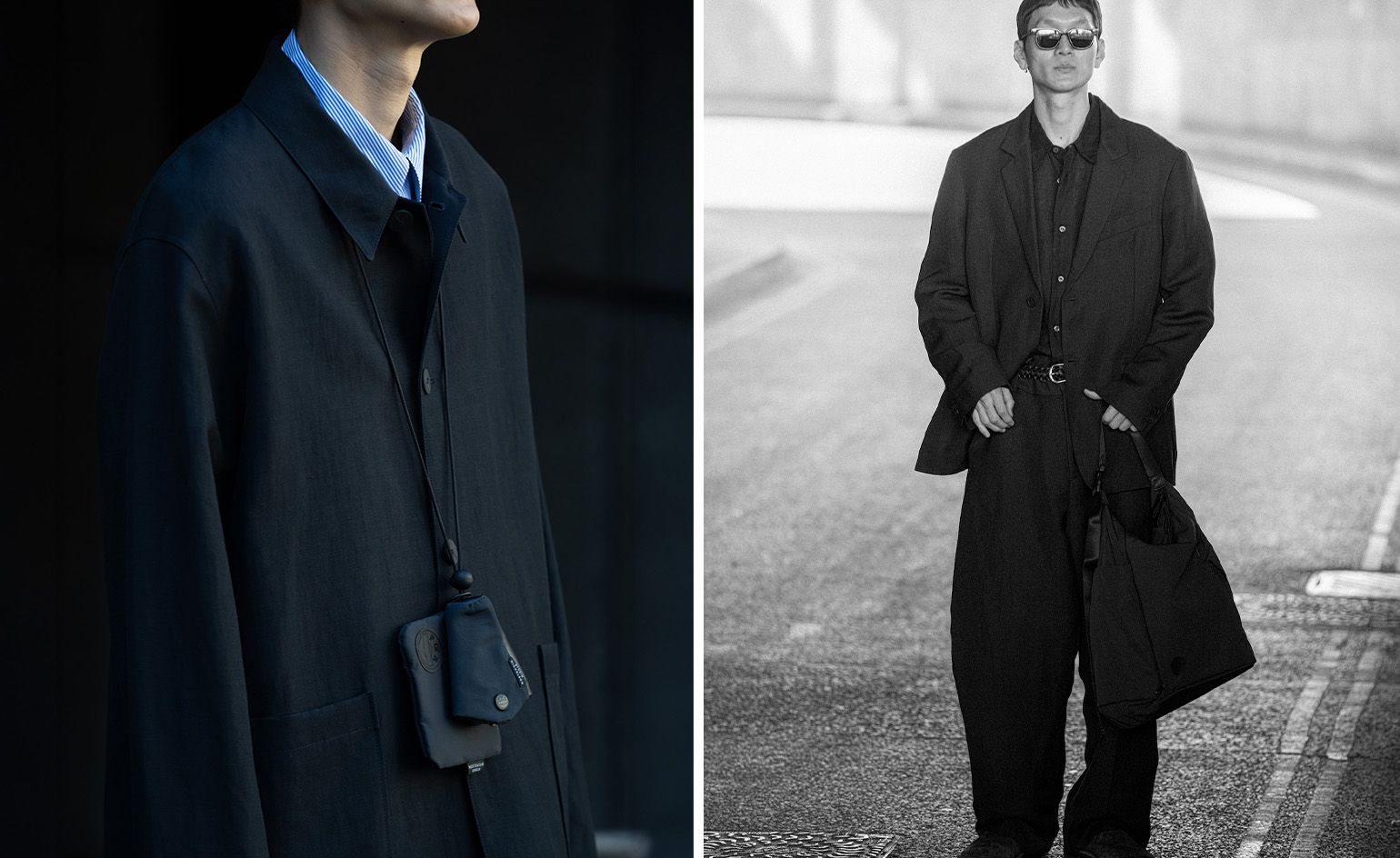 Studio Nicholson deepens its Japanese connection with a Yoshida & Co accessories collection
Studio Nicholson deepens its Japanese connection with a Yoshida & Co accessories collectionUsing hardwearing Japanese nylon, London-based label Studio Nicholson has united with Yoshida & Co’s POTR line to craft a trio of accessories in founder Nick Wakeman’s favoured hue of ‘darkest navy’
-
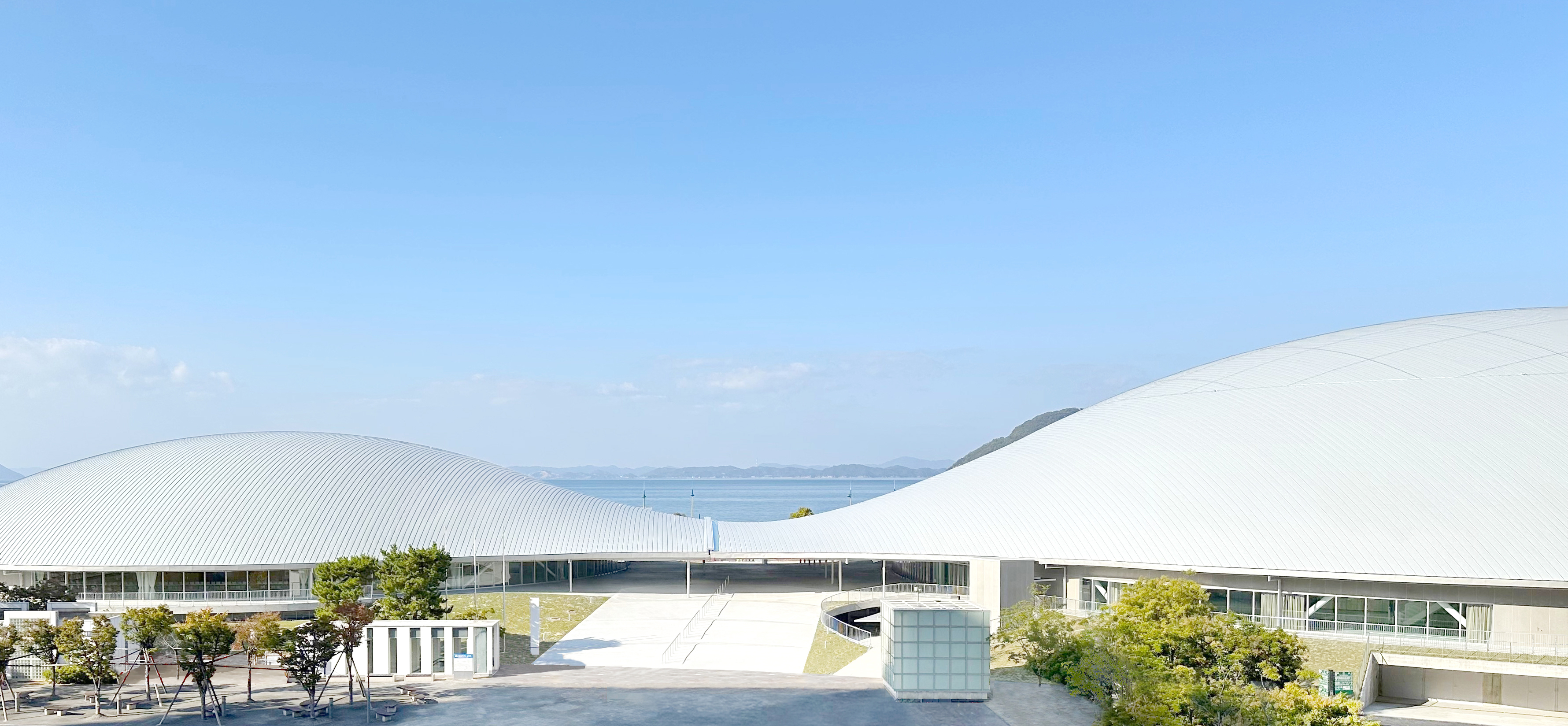 Kazuyo Sejima and Ryue Nishizawa on harmony, nature and their RIBA gong
Kazuyo Sejima and Ryue Nishizawa on harmony, nature and their RIBA gongThe SANAA duo are celebrating their RIBA Royal Gold Medal 2025 in London today, and talked to us about self-reflection, the year ahead, and the need to create harmony in our environment
-
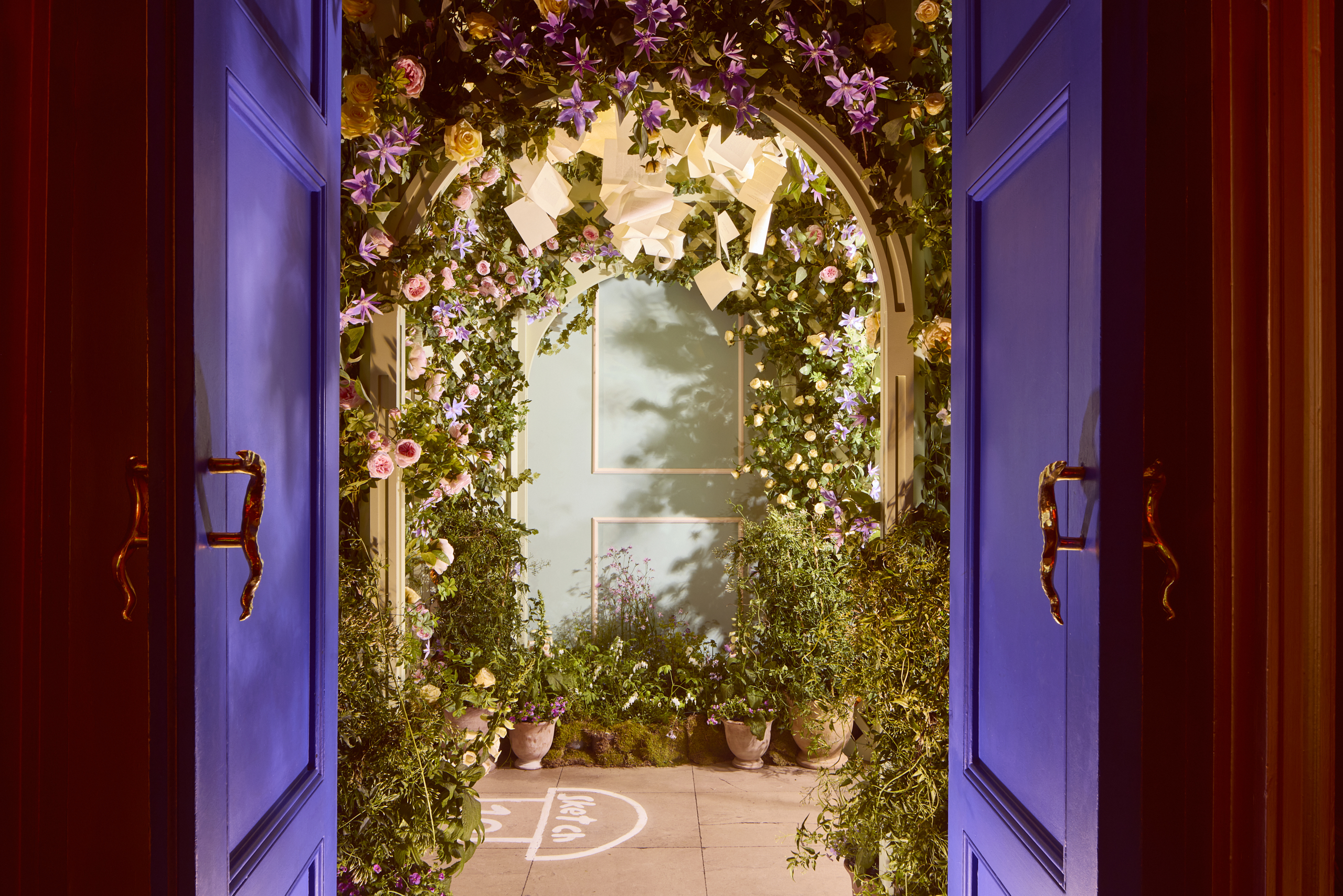 Sketch transforms into an English garden in celebration of Jane Austen’s 250th birthday
Sketch transforms into an English garden in celebration of Jane Austen’s 250th birthdayThe 11th edition of ‘Sketch in Bloom’ nods to the most notable works of Jane Austen with budding floral installations and a quintessentially English afternoon tea
-
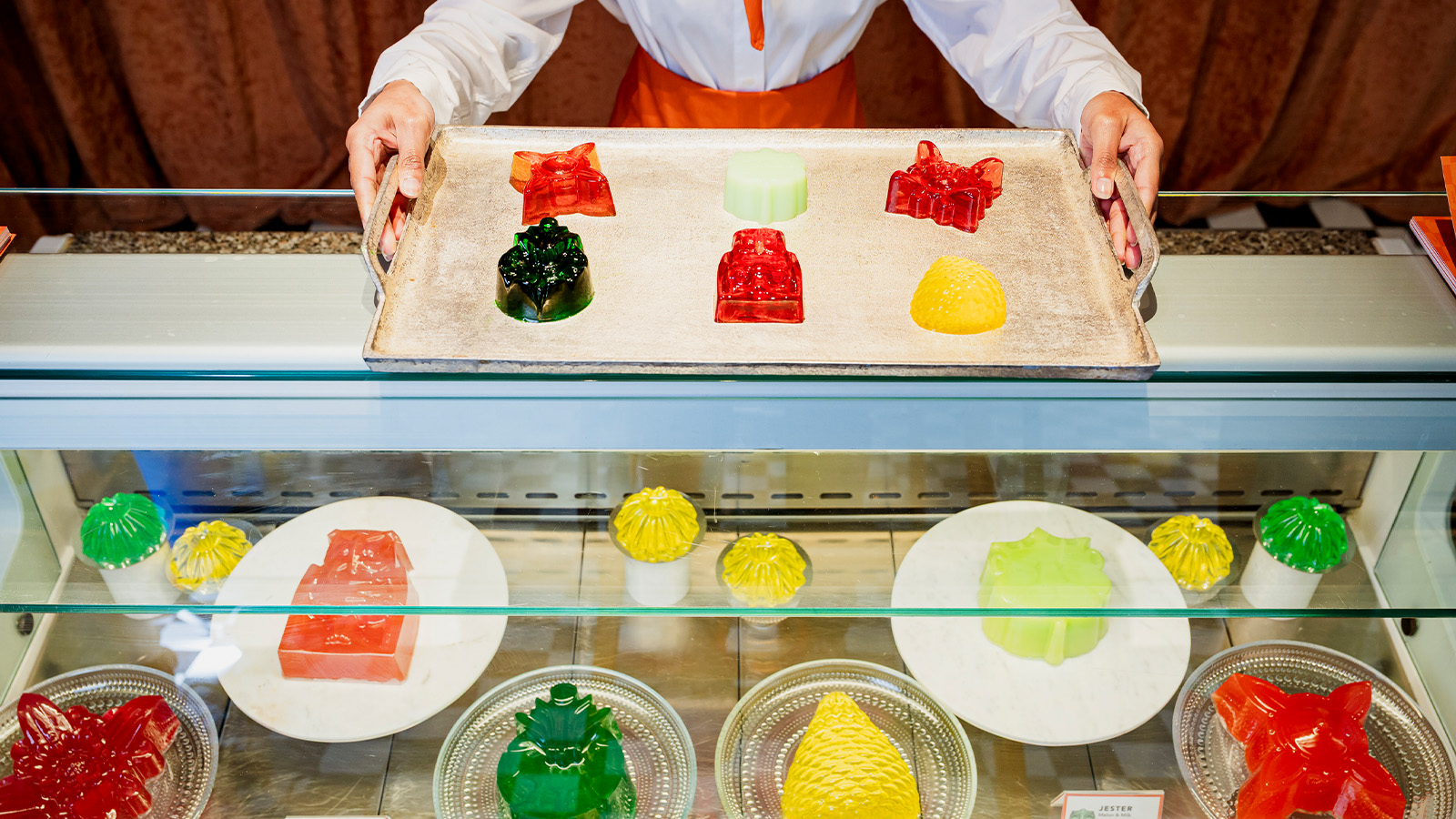 At the Regent Street Sensorium, architectural jelly sculptures are designed to ignite the senses
At the Regent Street Sensorium, architectural jelly sculptures are designed to ignite the sensesDelve into the history of London’s Regent Street through a jellyscape, a fragrance cloud and more – plus, for the event’s final week, two new immersive workshops (ends 27 April)
-
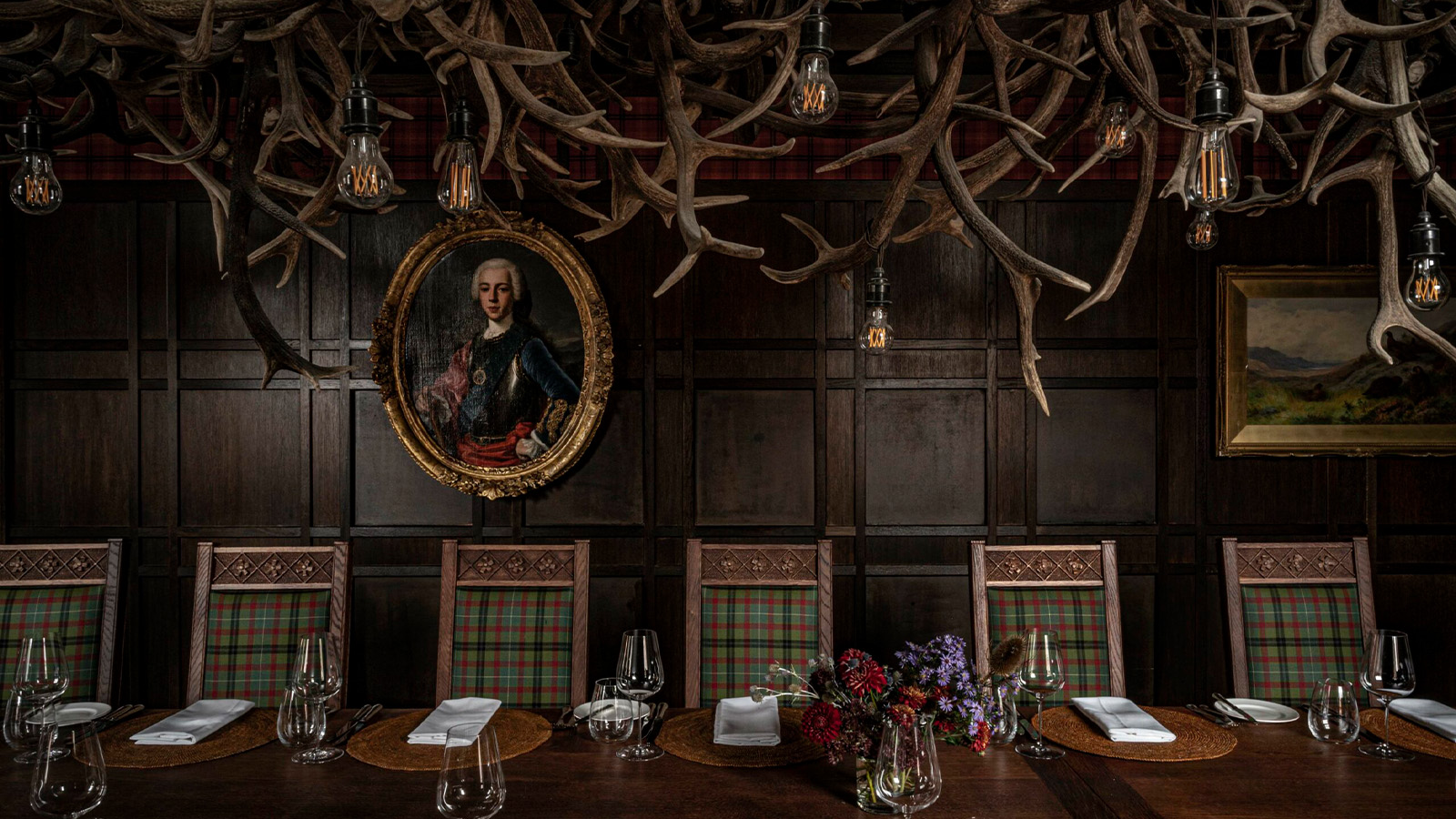 Burns Night 2025: where to celebrate in London
Burns Night 2025: where to celebrate in LondonIt is time to raise a wee dram to Scotland’s national poet Robert Burns on Burns Night (25 January). Here is our pick of places to enjoy an evening of generous speechmaking, toasting, and drinking around London
-
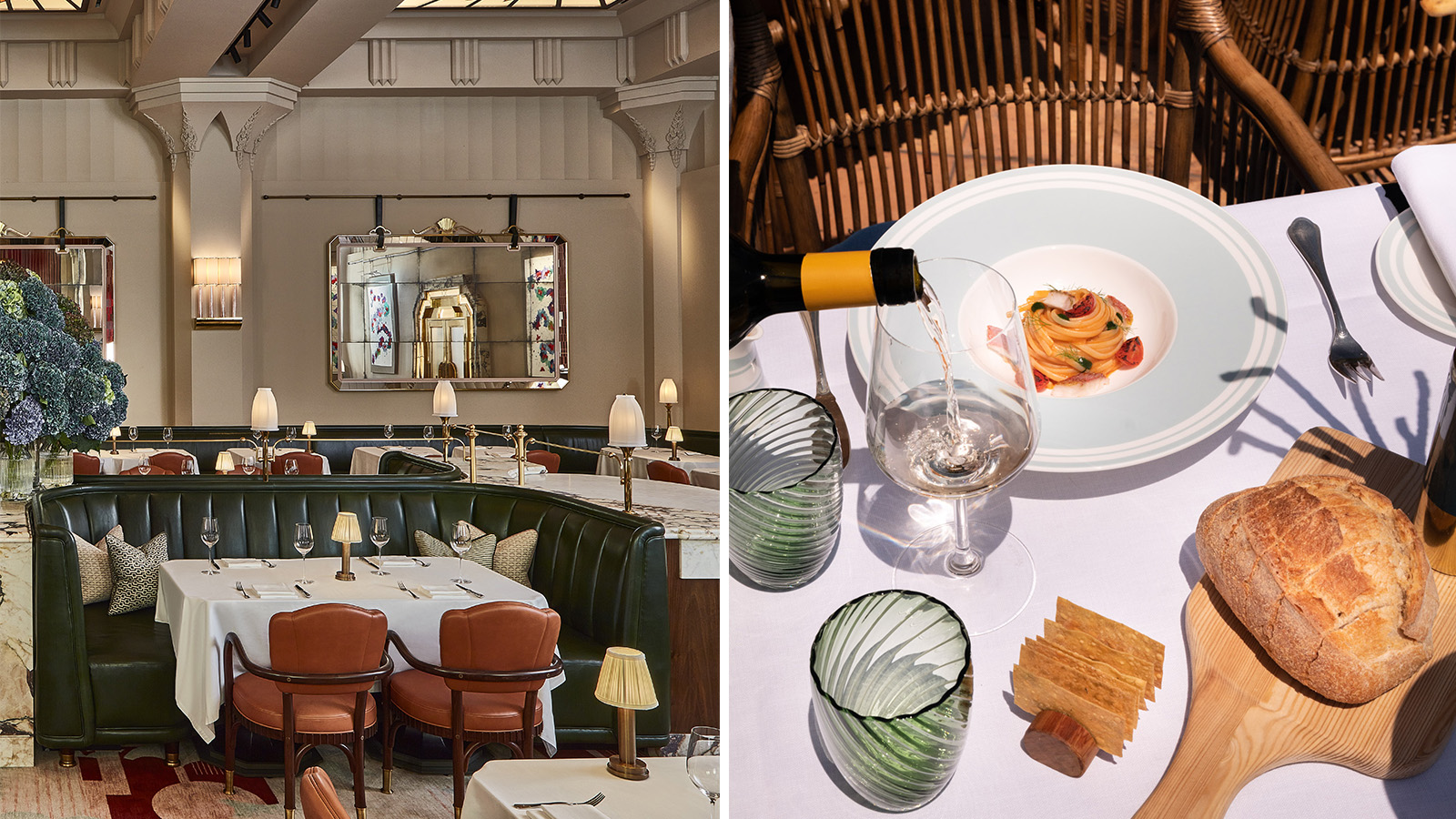 Grand English glamour vs the Italian dolce vita? Why Il Pellicano's Claridge’s takeover is a sun-kissed delight
Grand English glamour vs the Italian dolce vita? Why Il Pellicano's Claridge’s takeover is a sun-kissed delightClaridge's welcomes Hotel Il Pellicano with open arms for a one week restaurant residency of laid back luxury and Tuscan charm
-
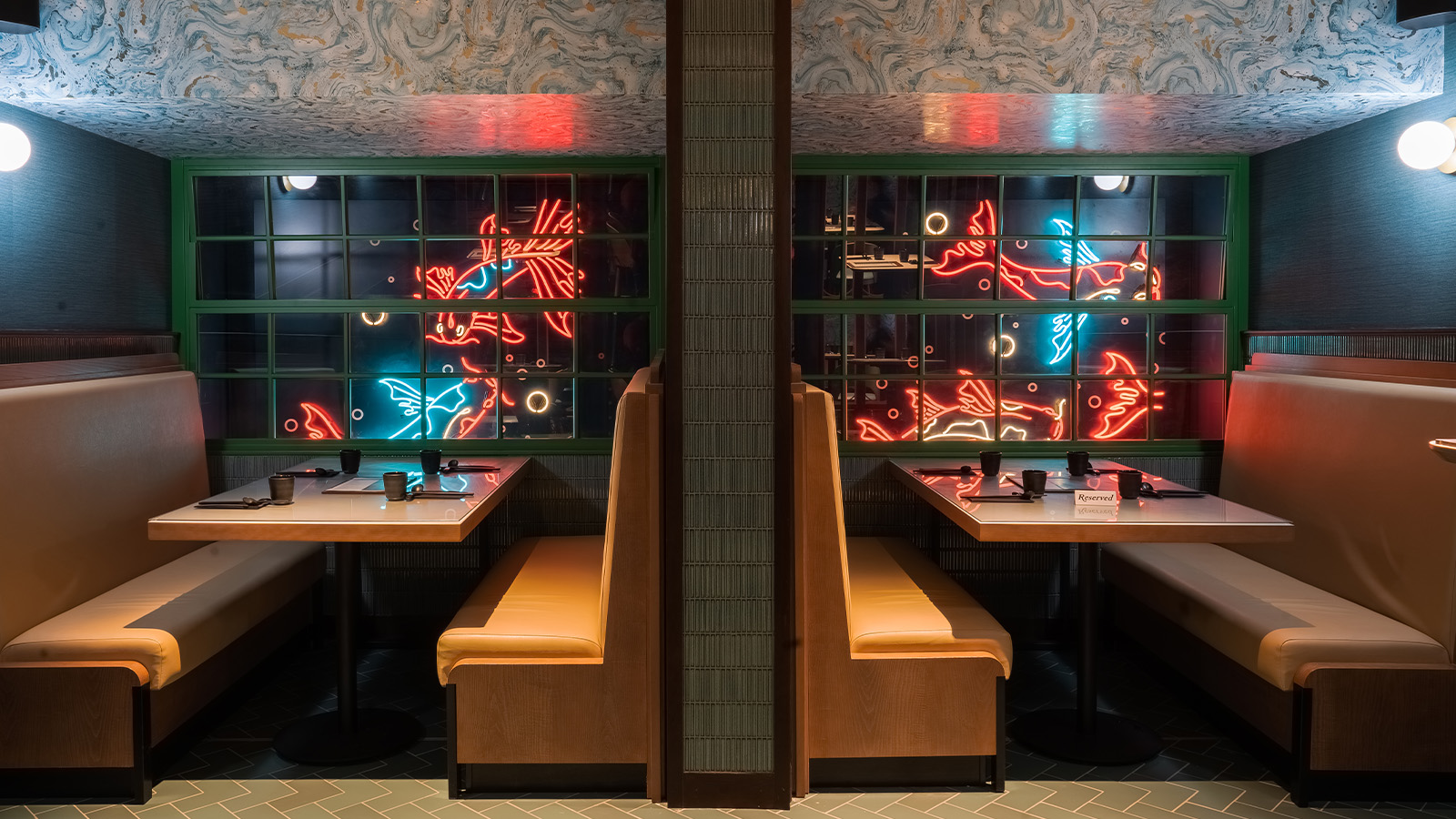 Lunar New Year in London: where to celebrate the Year of the Wood Snake
Lunar New Year in London: where to celebrate the Year of the Wood SnakeDo you want a year of good fortune and happiness? Then it is time to tuck into some of London’s cult favourite hotspots, devour decadent treats, and toast the Lunar New Year, and we have you covered with our guide to all things going on in the city (from 29 January until 8 February 2025)
-
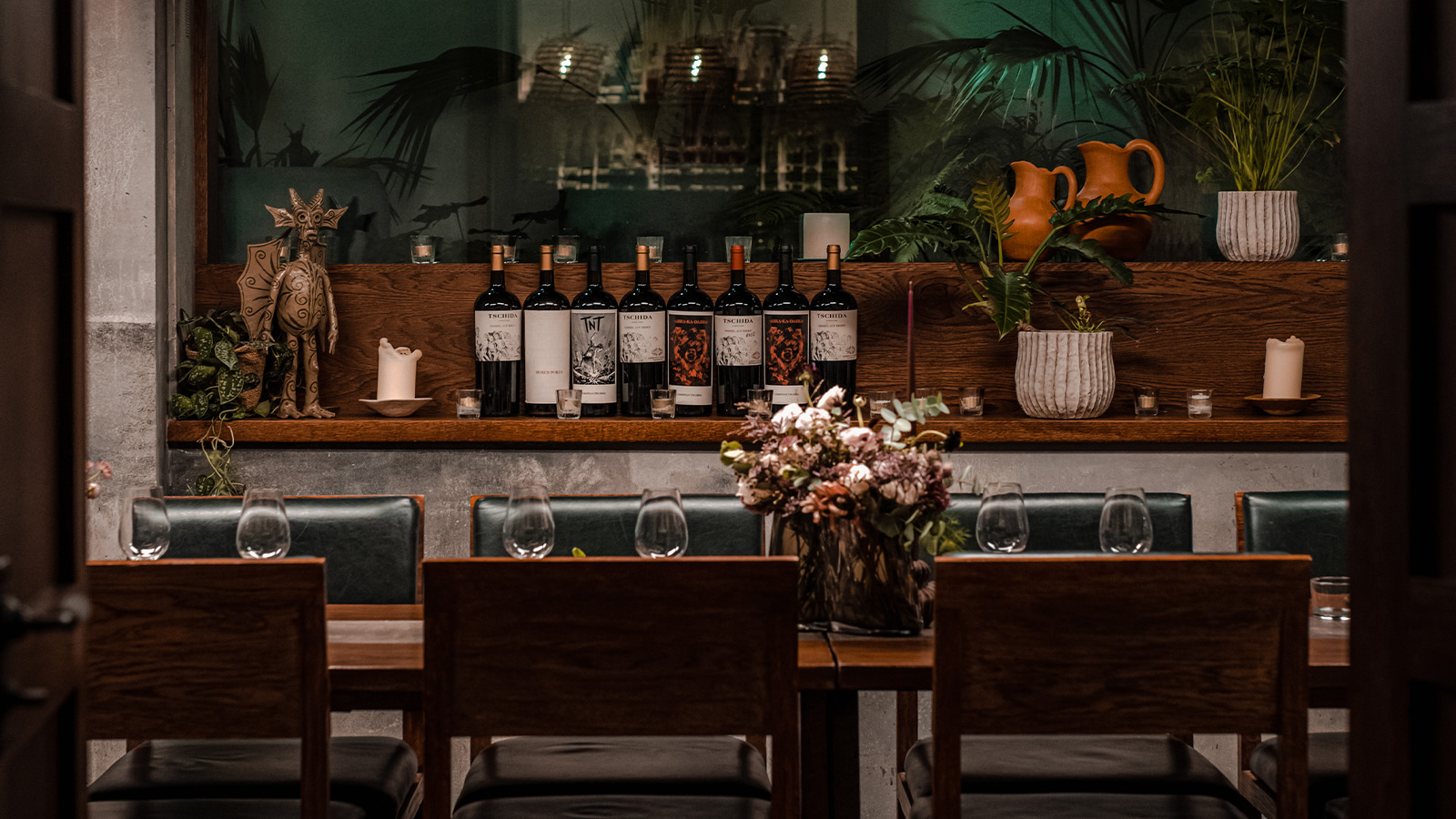 Celebrate Día de los Muertos at one of London (and the world’s) finest Mexican restaurants
Celebrate Día de los Muertos at one of London (and the world’s) finest Mexican restaurantsDía de los Muertos will arrive at KOL in Marylebone on 2 November, with a collaborative menu including dishes from the chefs behind Endo at The Rotunda to The Connaught, wrapped up with a mezcal fiesta
-
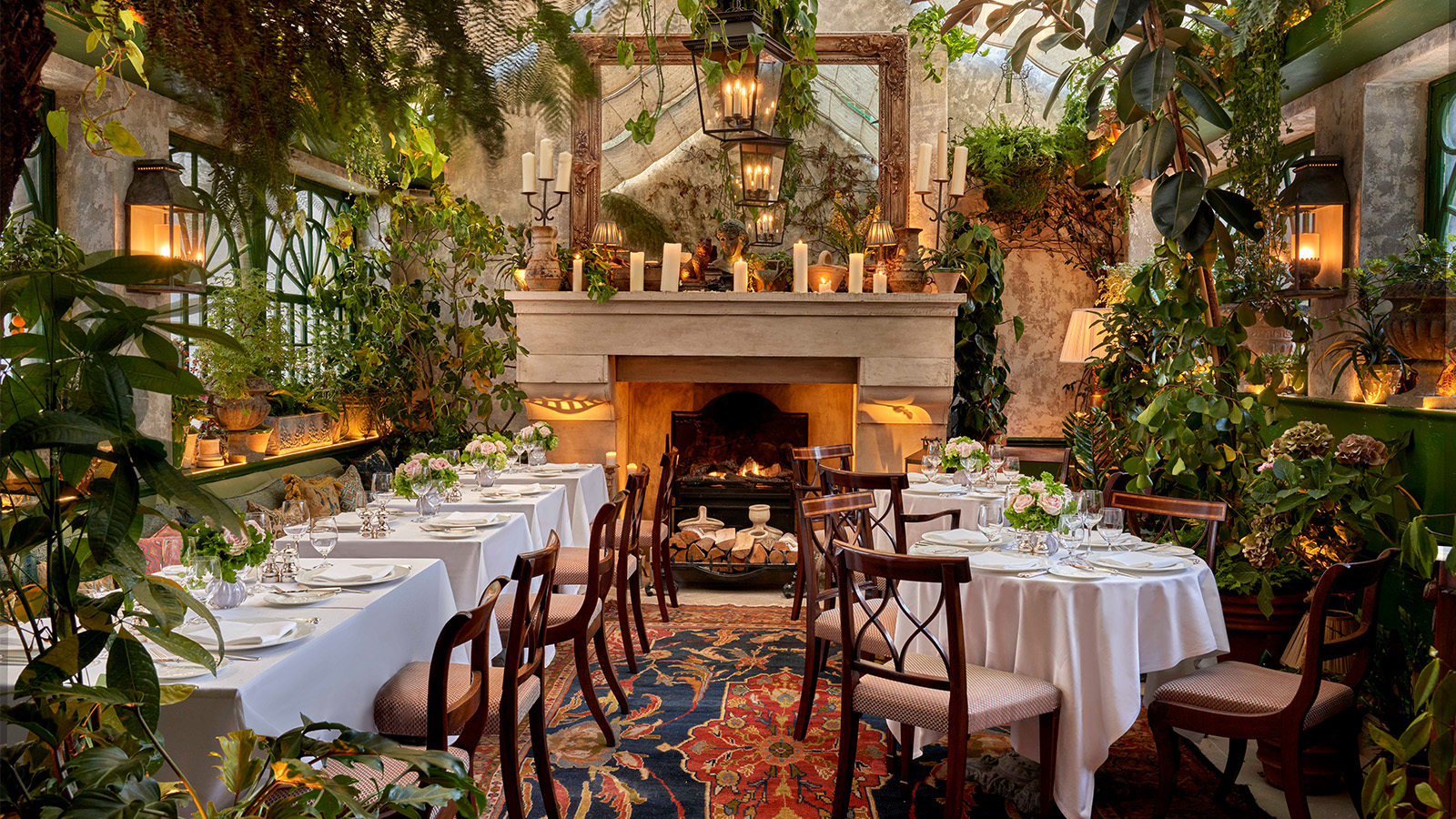 Mark’s Club’s interior refresh brings British countryside charm to the heart of Mayfair
Mark’s Club’s interior refresh brings British countryside charm to the heart of MayfairLocated in a classic Mayfair townhouse, Mark’s Club unveils its new interiors, from greenhouse extensions to a new open-plan layout full of trinkets and charm
-
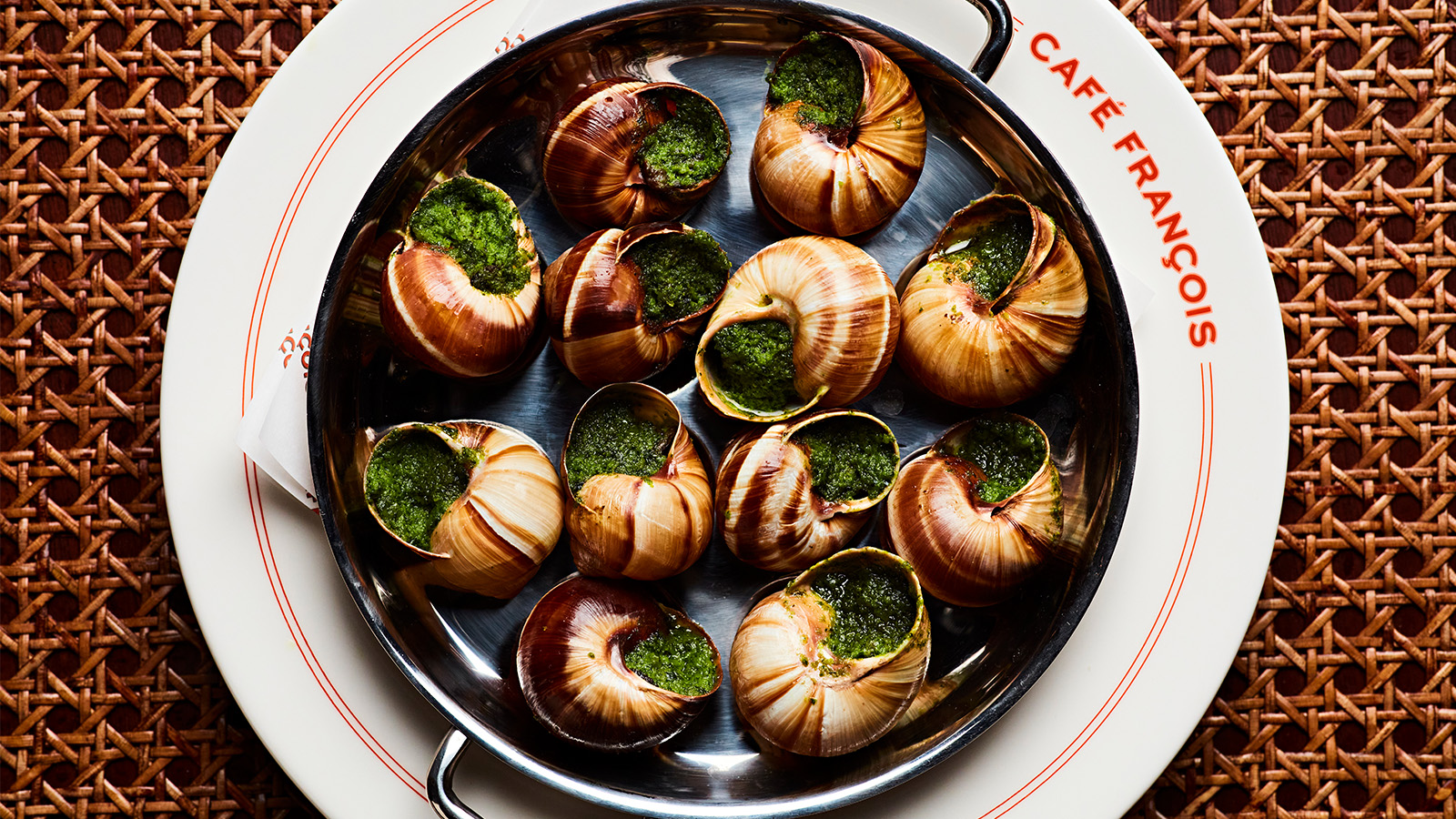 Frogs legs to fromage: Café François is London’s newest French canteen, serving up all the classics with a contemporary global twist
Frogs legs to fromage: Café François is London’s newest French canteen, serving up all the classics with a contemporary global twistThe founders of Mayfair's Maison François have opened a new addition, Café François. The Borough-based canteen offers an array of French classics from dawn to dusk